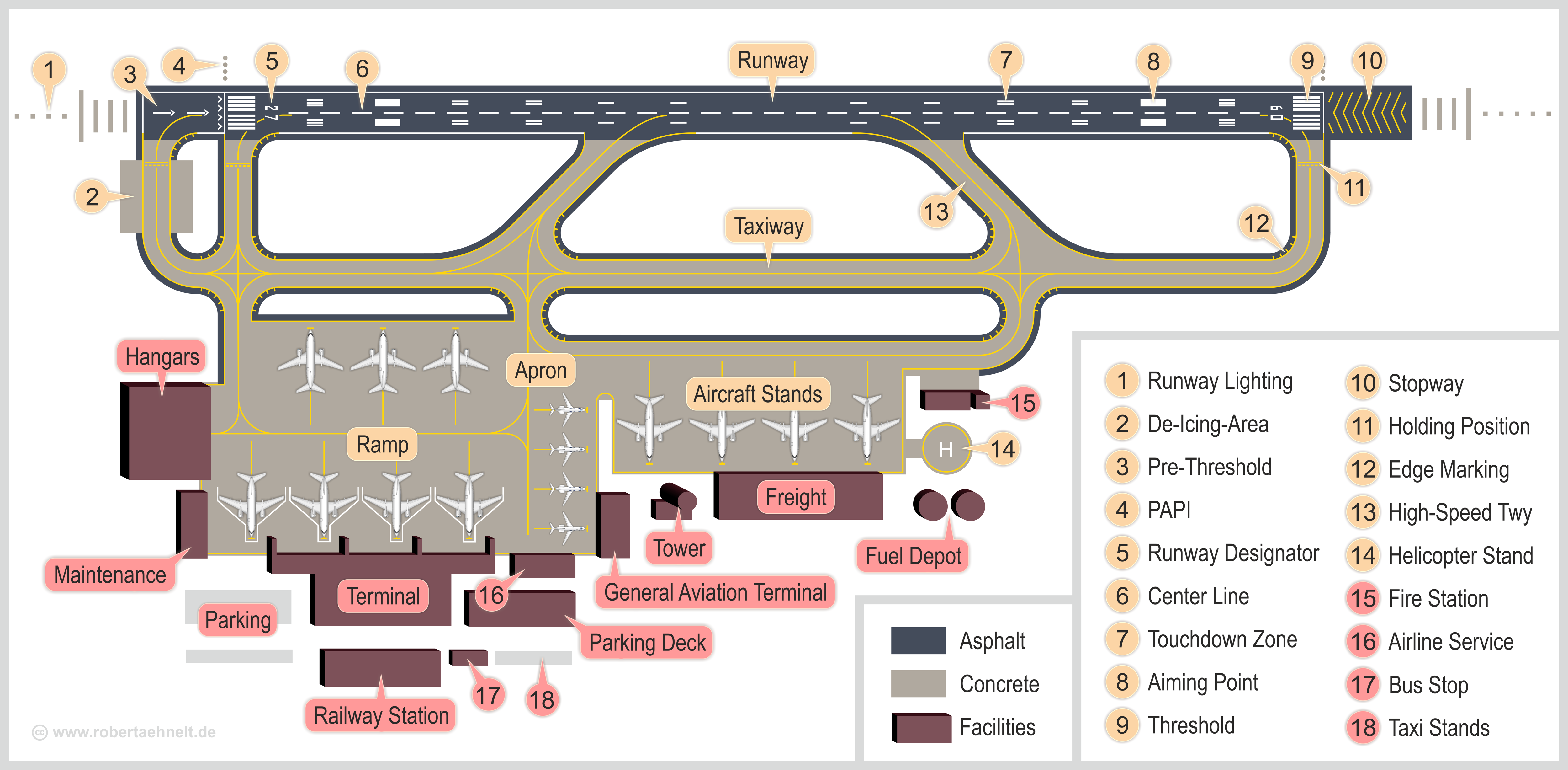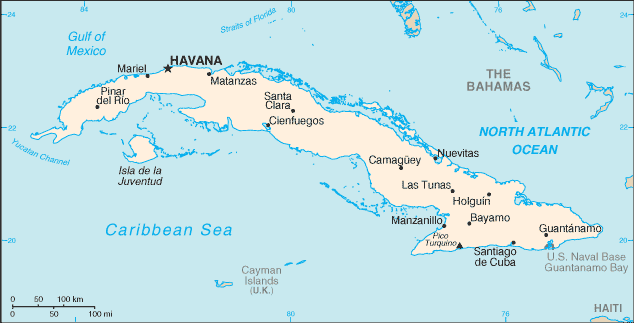|
Alberto Delgado Airport
Alberto Delgado Airport ( ) is an airport serving Trinidad, Data current as of October 2006. Source: DAFIF. a city in the province of Sancti SpĂritus, in Cuba. Facilities The airport is situated at an elevation of above mean sea level. It has one runway, designated 06/24 with an asphalt surface measuring . See also *Casilda (Trinidad) *Valle de los Ingenios Valle de los Ingenios, also named Valley de los Ingenios or Valley of the Sugar Mills, is a series of three interconnected valleys about outside of Trinidad, Cuba. The three valleys, San Luis, Santa Rosa, and Meyer, were a centre for sugar prod ... References External links * * Airports in Cuba Airport Alberto Delgado Buildings and structures in Sancti SpĂritus Province {{Caribbean-airport-stub ... [...More Info...] [...Related Items...] OR: [Wikipedia] [Google] [Baidu] |
Trinidad, Cuba
Trinidad () is a town in the province of Sancti SpĂritus, central Cuba. Together with the nearby Valle de los Ingenios, it has been a UNESCO World Heritage Site since 1988, because of its historical importance as a center of the sugar trade in the 18th and 19th centuries. Trinidad is one of the best-preserved cities in the Caribbean from the time when the sugar trade was the main industry in the region. History Trinidad was founded on December 23, 1514, by Diego Velázquez de CuĂ©llar under the name Villa de la SantĂsima Trinidad. Hernán CortĂ©s recruited men for his expedition from Juan de Grijalva's home in Trinidad, and Sancti SpĂritus, at the start of his 1518 expedition. This included Pedro de Alvarado and his five brothers. After ten days, Cortes sailed, the alcayde Francisco Verdugo failing to prevent Cortes from leaving, despite orders from Diego Velázquez.Diaz, B., 1963, ''The Conquest of New Spain'', London: Penguin Books, . The Narvaez Expedition lande ... [...More Info...] [...Related Items...] OR: [Wikipedia] [Google] [Baidu] |
Airport
An airport is an aerodrome with extended facilities, mostly for commercial Aviation, air transport. They usually consist of a landing area, which comprises an aerially accessible open space including at least one operationally active surface such as a runway for a airplane, plane to take off and to land or a helipad, and often includes adjacent utility buildings such as Air traffic control, control towers, hangars and airport terminal, terminals, to maintain and monitor aircraft. Larger airports may have airport aprons, taxiway bridges, air traffic control centres, passenger facilities such as restaurants and Airport lounge, lounges, and emergency services. In some countries, the US in particular, airports also typically have one or more fixed-base operators, serving general aviation. Airport operations are extremely complex, with a complicated system of aircraft support services, passenger services, and aircraft control services contained within the operation. Thus airpor ... [...More Info...] [...Related Items...] OR: [Wikipedia] [Google] [Baidu] |
Sancti SpĂritus Province
Sancti SpĂritus () is one of the provinces of Cuba. Its capital is the identically named Sancti SpĂritus. Another major city is Trinidad. Geography The southern coast of the province is flat, but the western portion of Sancti SpĂritus province is mountainous. The southeast has numerous mangroves and swamps. The northern coast contains significant wetlands and protected areas such as the Bay of Buena Vista and the Caguanes National Park. The largest man-made reservoir in Cuba, the Embalse Zaza, is in Sancti SpĂritus province. History During the 17th century, both Dutch and British pirates attempted to take control of what is today Sancti SpĂritus province, but with little success, as the Spanish garrison held them off. From 1660 to 1680, Trinidad was plagued by pirates from Jamaica and Tortuga, and on two occasions, pirates razed the city. The provinces of Cienfuegos, Sancti SpĂritus, and Villa Clara were once all part of the now defunct province of Las Villas. E ... [...More Info...] [...Related Items...] OR: [Wikipedia] [Google] [Baidu] |
Cuba
Cuba, officially the Republic of Cuba, is an island country, comprising the island of Cuba (largest island), Isla de la Juventud, and List of islands of Cuba, 4,195 islands, islets and cays surrounding the main island. It is located where the northern Caribbean Sea, Gulf of Mexico, and Atlantic Ocean meet. Cuba is located east of the Yucatán Peninsula (Mexico), south of both Florida and the Bahamas, west of Hispaniola (Haiti/Dominican Republic), and north of Jamaica and the Cayman Islands. Havana is the largest city and capital. Cuba is the List of countries and dependencies by population, third-most populous country in the Caribbean after Haiti and the Dominican Republic, with about 10 million inhabitants. It is the largest country in the Caribbean by area. The territory that is now Cuba was inhabited as early as the 4th millennium BC, with the Guanahatabey and Taino, TaĂno peoples inhabiting the area at the time of Spanish colonization of the Americas, Spanish colonization ... [...More Info...] [...Related Items...] OR: [Wikipedia] [Google] [Baidu] |
Elevation
The elevation of a geographic location (geography), ''location'' is its height above or below a fixed reference point, most commonly a reference geoid, a mathematical model of the Earth's sea level as an equipotential gravitational equipotential surface, surface (see Geodetic datum#Vertical datum, Geodetic datum § Vertical datum). The term ''elevation'' is mainly used when referring to points on the Earth's surface, while ''altitude'' or ''geopotential height'' is used for points above the surface, such as an aircraft in flight or a spacecraft in orbit, and ''three-dimensional space, depth'' is used for points below the surface. Elevation is not to be confused with the distance from the center of the Earth. Due to the equatorial bulge, the summits of Mount Everest and Chimborazo (volcano), Chimborazo have, respectively, the largest elevation and the largest ECEF, geocentric distance. Aviation In aviation, the term ''elevation'' or ''aerodrome elevation'' is defined by the IC ... [...More Info...] [...Related Items...] OR: [Wikipedia] [Google] [Baidu] |
Mean Sea Level
A mean is a quantity representing the "center" of a collection of numbers and is intermediate to the extreme values of the set of numbers. There are several kinds of means (or "measures of central tendency") in mathematics, especially in statistics. Each attempts to summarize or typify a given group of data, illustrating the magnitude and sign of the data set. Which of these measures is most illuminating depends on what is being measured, and on context and purpose. The ''arithmetic mean'', also known as "arithmetic average", is the sum of the values divided by the number of values. The arithmetic mean of a set of numbers ''x''1, ''x''2, ..., x''n'' is typically denoted using an overhead bar, \bar. If the numbers are from observing a sample of a larger group, the arithmetic mean is termed the '' sample mean'' (\bar) to distinguish it from the group mean (or expected value) of the underlying distribution, denoted \mu or \mu_x. Outside probability and statistics, a wide rang ... [...More Info...] [...Related Items...] OR: [Wikipedia] [Google] [Baidu] |
Runway
In aviation, a runway is an elongated, rectangular surface designed for the landing and takeoff of an aircraft. Runways may be a human-made surface (often asphalt concrete, asphalt, concrete, or a mixture of both) or a natural surface (sod, grass, soil, dirt, gravel, ice, sand or road salt, salt). Runways, taxiways and Airport apron, ramps, are sometimes referred to as "tarmac", though very few runways are built using Tarmacadam, tarmac. Takeoff and landing areas defined on the surface of water for seaplanes are generally referred to as waterways. Runway lengths are now International Civil Aviation Organization#Use of the International System of Units, commonly given in meters worldwide, except in North America where feet are commonly used. History In 1916, in a World War I war effort context, the first concrete-paved runway was built in Clermont-Ferrand in France, allowing local company Michelin to manufacture Bréguet Aviation military aircraft. In January 1919, aviation p ... [...More Info...] [...Related Items...] OR: [Wikipedia] [Google] [Baidu] |
Asphalt Concrete
Asphalt concrete (commonly called asphalt, blacktop, or pavement in North America, and Tarmacadam, tarmac or bitumen macadam in the United Kingdom and the Republic of Ireland) is a composite material commonly used to surface road surface, roads, parking lots, airports, and the core of embankment dams. Asphalt mixtures have been used in pavement construction since the nineteenth century. It consists of Construction aggregate, mineral aggregate Binder (material), bound together with bitumen (a substance also independently known as asphalt, Pitch (resin), pitch, or tar), laid in layers, and compacted. The American English terms ''asphalt'' (or ''asphaltic'') ''concrete'', ''bituminous asphalt concrete'', and ''bituminous mixture'' are typically used only in engineering and construction documents, which define concrete as any composite material composed of mineral aggregate adhered with a binder. The abbreviation, ''AC'', is sometimes used for ''asphalt concrete'' but can also denot ... [...More Info...] [...Related Items...] OR: [Wikipedia] [Google] [Baidu] |
Casilda (Trinidad)
Casilda is a Cuban village and ''consejo popular'' ("people's council", i.e. hamlet) of the municipality of Trinidad, Sancti SpĂritus Province. Casilda is a seaside resort, due to the presence of tourist beaches such as Playa AncĂłn. History The village was founded in 1808 by AndrĂ©s ValdĂ©s Pino, in the vicinity of a farm named Peralta. Casilda's population in 1943 was 1,986. Geography Casilda is located south of Trinidad (5 km ) by the Gulf of Ana MarĂa, on the Caribbean coast. It lies on the Casilda Bay, enclosed by the AncĂłn Peninsula, on which are located several hotels of Playa AncĂłn. Casilda's main road is ''Calle Real'', and the ''Carretera a AncĂłn'' (also called ''Paseo Agramonte'') links it to the peninsula. The village is 30 km from Valle de los Ingenios, 75 from Sancti SpĂritus, 86 from Cienfuegos, and 102 from Santa Clara. Transport Casilda is the southern terminus of the railway line which links Placetas and Fomento to Trinidad, has a sma ... [...More Info...] [...Related Items...] OR: [Wikipedia] [Google] [Baidu] |
Valle De Los Ingenios
Valle de los Ingenios, also named Valley de los Ingenios or Valley of the Sugar Mills, is a series of three interconnected valleys about outside of Trinidad, Cuba. The three valleys, San Luis, Santa Rosa, and Meyer, were a centre for sugar production from the late 18th century until the late 19th century. At the peak of the industry in Cuba there were over fifty sugar cane mills in operation in the three valleys, with over 30,000 slaves working in the mills and on the sugar cane plantations that surrounded them. In 1988, Valle de los Ingenios and neighbouring Trinidad were declared a World Heritage Site by UNESCO, because of its testimony to the early sugar trade industry. The entire area covers and includes the sites of over 70 former sugar mills. Overview Sugar production was an important industry for Cuba from the earliest settlement by the Spanish, who introduced sugar cane to the island in 1512, and trade in the commodity enriched Trinidad and the surrounding areas. Th ... [...More Info...] [...Related Items...] OR: [Wikipedia] [Google] [Baidu] |
Airports In Cuba
This is a list of airports in Cuba, grouped by type and sorted by location. Cuba, officially the Republic of Cuba, is an island country in the Caribbean. It is an archipelago of islands located in the northern Caribbean Sea at the confluence with the Gulf of Mexico and the Atlantic Ocean. The United States lies to the northwest, the Bahamas to the north, Haiti to the east, Jamaica and the Cayman Islands to the south, and Mexico to the west. The country is subdivided into 15 Provinces of Cuba, provinces and one special municipality (Isla de la Juventud, the country's second largest island). Cuba's capital city, capital and largest city is Havana. __TOC__ Airports Airport names shown in bold have scheduled passenger service on commercial airlines. See also * Transportation in Cuba * Military of Cuba * List of airports in the Caribbean * List of airports by ICAO code: M#MU - Cuba * Wikipedia: WikiProject Aviation/Airline destination lists: North America#Cuba References ... [...More Info...] [...Related Items...] OR: [Wikipedia] [Google] [Baidu] |





